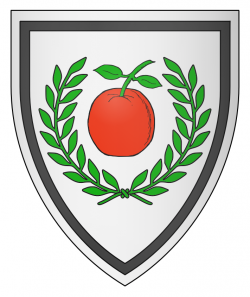While I’m happy to do most of my armory design on a computer, there are times when you need to be able to put together a device or badge submission entirely offline, most notably at Pennsic and other large multi-day events.
Some folks have both an encyclopedic knowledge of heraldic art and the freehand illustration skills necessary to produce quality designs unassisted, but many people with less experience or weaker drawing abilities — and those who, like me, have both of those challenges — depend on references like the PicDic and the Pennsic Traceable Art collection.
Continue reading “A Traceable Resource for Armory Illustration”


